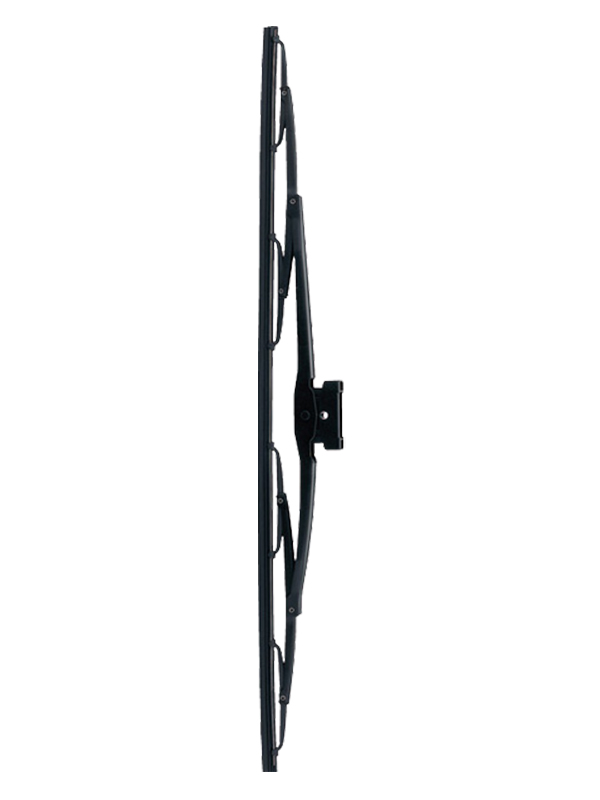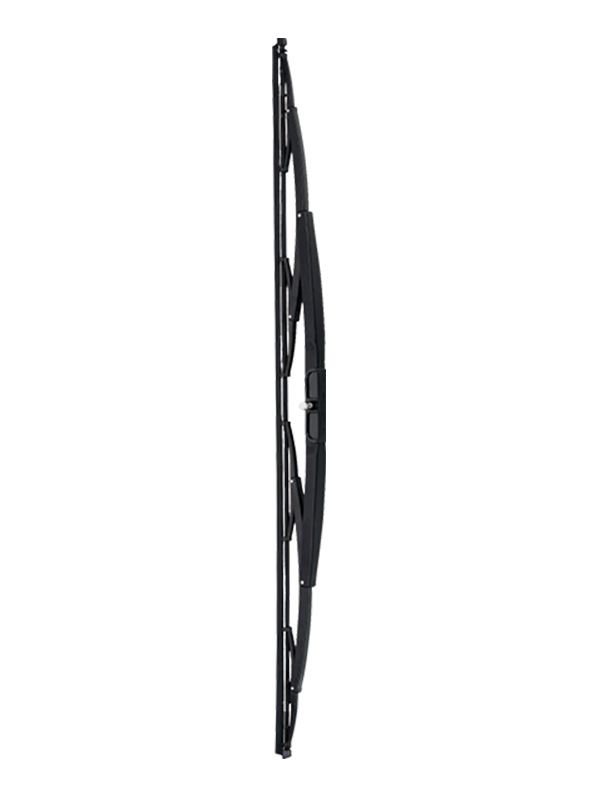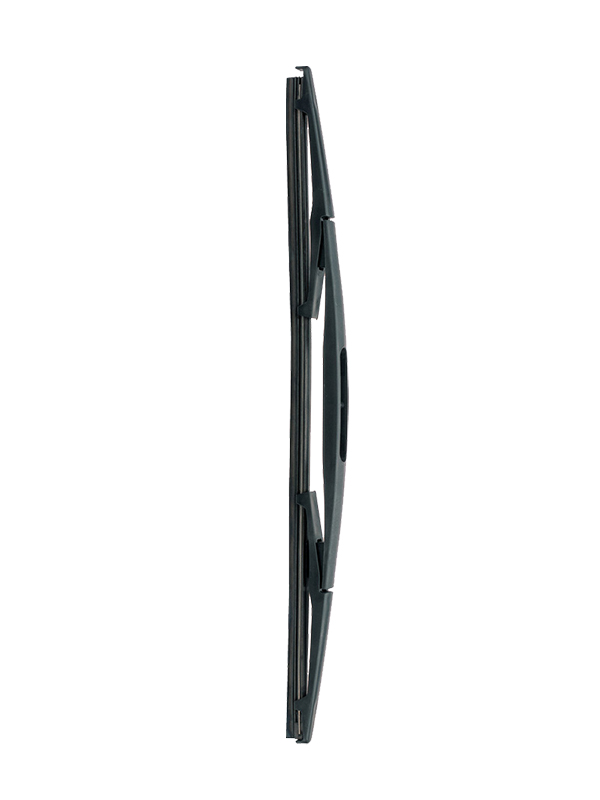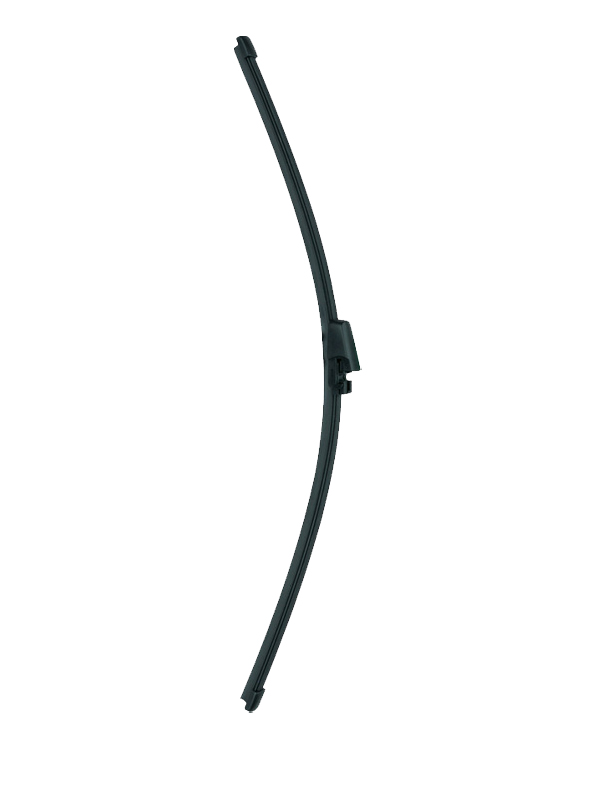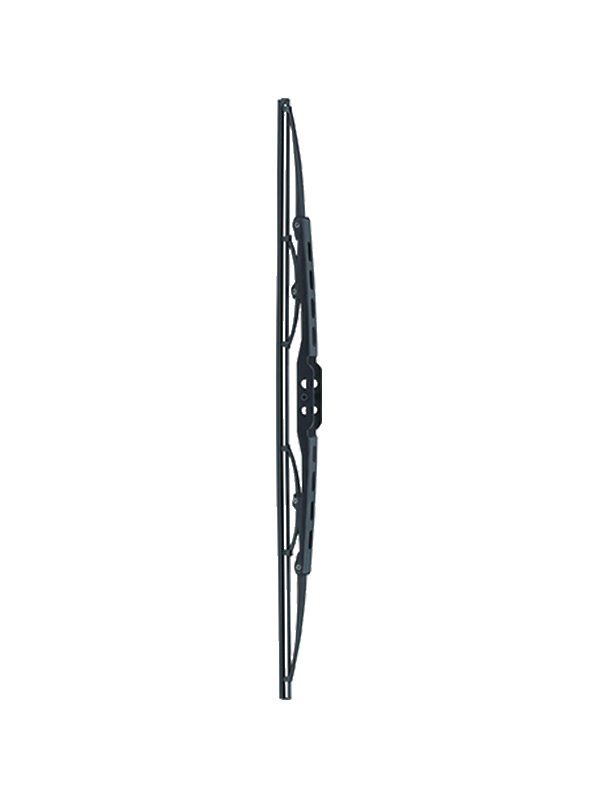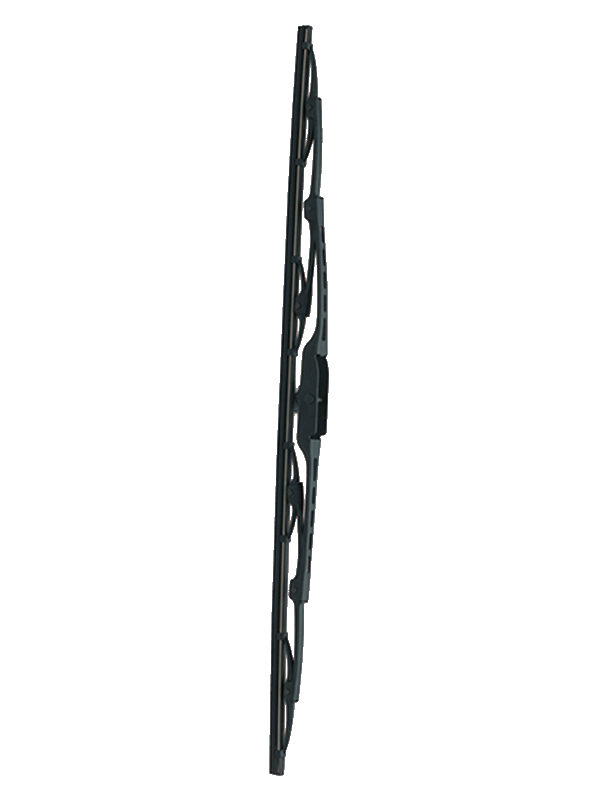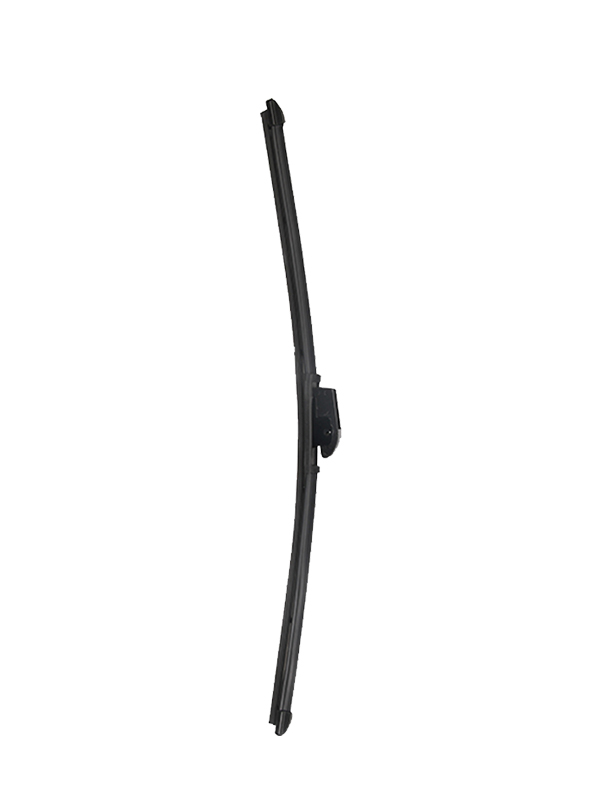Submit feedback
Natural Rubber Frameless Wiper: Excellent Fit Brings the Ultimate Wiping Experience

As a highly elastic organic polymer compound obtained from the Hevea brasiliensis tree, natural rubber has an inherent flexibility and elasticity due to its molecular chain structure. This unique physical property enables it to quickly recover to its original shape after deformation and maintain stable mechanical properties over a wide temperature range. When natural rubber is applied to the rubber strip of a frameless wiper, its molecular chain network at the microscopic level can not only deform under pressure to fit the glass surface, but also restore its initial shape after wiping, laying the foundation for a continuous and stable wiping effect.
Synergy of frameless form
The frameless wiper breaks through the design of the traditional frame constraint, creating ideal conditions for the performance of the natural rubber strip. The frameless structure enables the wiper to adapt to the complex curved surface of the windshield more freely, reducing the local stress concentration caused by the rigid frame. When the natural rubber strip is combined with the metal bracket of the frameless wiper, the bracket distributes uniform pressure to each contact point of the strip through a multi-node pressure conduction system. This design allows the natural rubber to work without having to overcome the limitations of the frame structure, and can make fuller use of its own elasticity to achieve dynamic bonding with the glass surface.
Adaptive bonding process
During the operation of the wiper, the natural rubber strip shows a unique adaptive bonding ability. When the wiper starts to swing, the front end of the strip contacts the windshield. At the moment of contact, the soft rubber deforms due to the curvature and slight undulations of the glass surface. As the wiper continues to move, the natural rubber molecular chain shifts and rearranges under pressure, filling every depression on the glass surface. This deformation is not unlimited. The elastic recovery force of the natural rubber will adjust the contact pressure of the strip in real time to ensure uniform and moderate bonding throughout the wiping process, avoiding wear of the strip due to excessive pressure, or blind spots due to insufficient pressure.
The core guarantee of efficient wiping
The combination of natural rubber and frameless design significantly improves the wiping performance of the wiper. In an environment with heavy rain, ordinary wipers may leave water marks due to poor local adhesion, while natural rubber frameless wipers can completely remove the water film with their tight and uniform adhesion, providing drivers with a clear view. In the face of complex stains such as sand, dust, and mud stains, the elastic deformation ability of natural rubber enables it to not only penetrate deep into the recessed areas to remove dirt when wiping, but also maintain effective contact in the raised areas to avoid stains caused by uneven pressure. This all-round adhesion and wiping greatly improves the reliability of wipers in all kinds of weather and road conditions.
Continuous output of stable performance
The advantages of natural rubber frameless wipers are not only reflected in conventional use scenarios, but also show adaptability in environments. In the cold winter, ordinary rubber materials are prone to hardening due to low temperatures, resulting in shaking and noise when wiping. Natural rubber has been improved through a special formula to maintain good flexibility at low temperatures, ensuring that the adhesion between the rubber strip and the glass is not affected. In the hot summer, natural rubber can resist ultraviolet and ozone erosion with its anti-aging properties, prevent the rubber strip from cracking and deforming, and always maintain a stable scraping effect.


 English
English  中文简体
中文简体 

